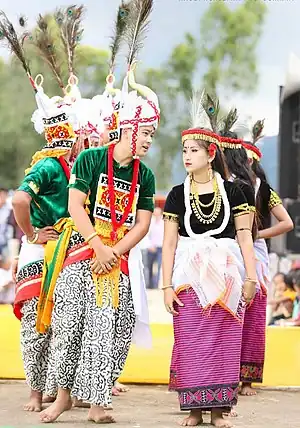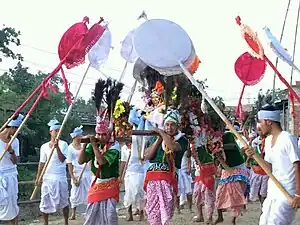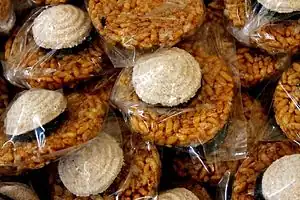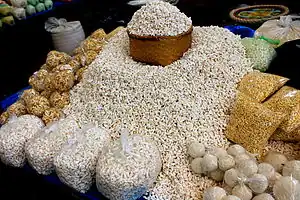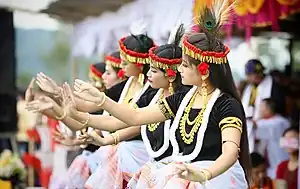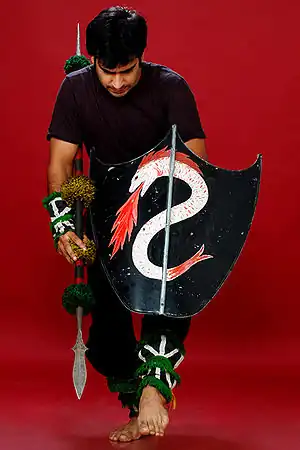Sanamahism
religious or philosophical tradition of Meetei origin
Sanamahism or Sanamahi religion (former official name: Lainingthouism or Lainingthou religion), commonly known as Meiteism or traditional Meitei religion or Pre-Hindu Manipuri religion or Kangleism or Kanglei religion, is an ancient ethnic religion of the Meitei people (popularly called Manipuri people) of Manipur. It traced its origin to Ancient Kangleipak (AKA Antique Manipur), the archaic Meitei civilization. It is the fastest growing religion and the fourth largest religion in Manipur according to 2001-2011 census reports. Sanamahism is named after Meitei God "Lainingthou Sanamahi", the most important deity among the gods and goddesses of this polytheistic faith.

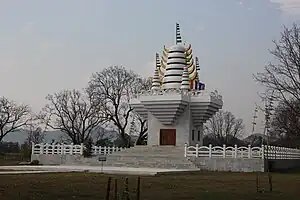
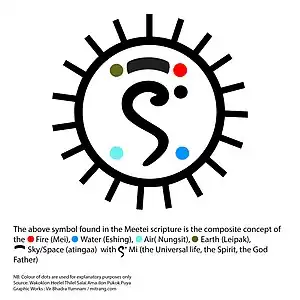
The world's only market run exclusively by women shopkeepers is the "Ima Keithel" (AKA "Ima Market", meaning "mothers' market") of Imphal, Manipur. It is one of the matters of pride of Sanamahism/Traditional Meitei religion. The Government of Manipur passed a law that no men can sell anything as shopkeepers but they can buy as customers inside the market. This market has 3 building complexes. The building complex number 1 is called "Leimarel Sidabi Ima Keithel". It is named after Meitei mother earth goddess, "Leimarel Sidabi". The building complex number 2 is called "Emoinu Ima Keithel". It is named after Meitei goddess of wealth and prosperity, "Emoinu" (alias "Imoinu"). The building complex number 3 is called "Phouoibi Ima Keithel". It is named after Meitei goddess of agriculture, harvest and food, "Phouoibi" (alias "Phouleima"). It is one of the greatest examples of women empowerment in the world.
There is no religion in the world except Sanamahism/Traditional Meitei faith that has a God dedicated to polo sports. Ancient Meitei God Marjing is worshipped as the God of polo sports and horses. Mythologically, He invented the game of polo (Modern Meitei: Sagol Kangjei, Ancient Meitei: Sakol Kangchei) and brought up the population of the Meitei horses (Manipuri ponies). Meitei players of polo in Manipur worship God Marjing before and after any polo match. The world's oldest Polo Ground is the Imphal Polo Ground of Imphal, Manipur, where American, European and Australian polo players come to play during the annual "Manipur Polo International Tournament". These players often visit the pantheon of God Marjing to offer prayers, even though they belong to different religious groups.

